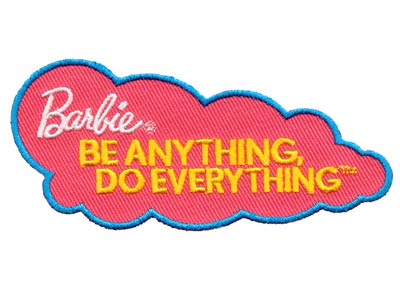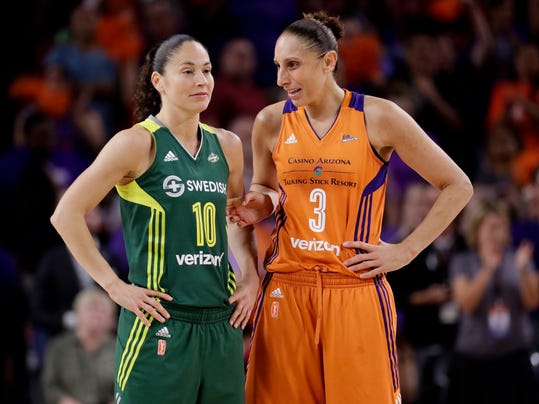Boy Scout Troop 274 Set To Award Two Scouts With Eagle
On Jan. 13, Jake Schwarzhaupt and Mark Beauregard, members of Avon Boy Scout Troop 274, will hold a Court of Honor celebrating their award of the rank of Eagle Scout.
Eagle Scout is the highest rank in Boy Scouting, and to achieve it Scouts must complete extensive community service requirements and at least 21 merit badges, ranging from cooking to citizenship to financial management. The culmination of a scout's community service in their rise to Eagle Scout is their Eagle Project, a service project which benefits the community and requires leadership, planning and execution in cooperation with a mentor and a project sponsor. Many scouts from the troop come together to help an Eagle with his service project, thus fulfilling service requirements themselves.
Jake Schwarzhaupt built a gaga pit at the Sycamore Hills Recreation Area in Avon to fulfill his Eagle Project requirement. Gaga is a fast-paced game similar to dodge ball played in an octagonal pit. Jake conceived of this project himself and presented it to Ruth Checko, the Director of Avon Parks and Recreation. He wanted to build something which benefitted the town and provided a lasting addition to the area near the playground. He hopes it will provide a fun activity for the youth of Avon for years to come.
Mark Beauregard's Eagle Project was completed at Winding Trails Recreation Area and it focused on conservation and science education, his career fields of interest. The project was to create coverboards, which simulate a rotting log that is host to many different animals. Mark's project was two-fold. The first part is a Citizen Science Coverboard Education Trail along Winding Trails' Pond Trail which contains five coverboards along with some education panels about the creatures which can be found underneath them. The second part consists of seven conservation coverboards in different ecosystems throughout the Winding Trails property which will be monitored by Winding Trails Naturalist Judy Witzke, and that data will be sent to the DEEP.
Jake is a freshman majoring in Business Administration at the University of New Hampshire Peter T. Paul College of Business and Economics. Prior to graduating from Avon High School in 2017, Jake served as the Senior Patrol Leader of Troop 274 and is a Vigil Honor Member in the Tschitani Lodge of the Order of the Arrow, Scouting's National Honor Society.
Mark is a junior at CREC's Academy of Aerospace and Engineering High School in Windsor, CT, and hopes to attend either the US Naval Academy or the US Coast Guard Academy to study Oceanography. Mark is the current Senior Patrol Leader of Troop 274. Both Scouts have enjoyed spending summers working together at June Norcross Webster Scout Camp in Ashford, CT.
BSA High Adventure trips and Troop Big Trips are also a vibrant part of the Troop 274 community, which is currently over 85 scouts strong. Mark attended the back country hiking and canoeing Maine BSA High Adventure as well as Florida Sea Base, a sailing and ocean exploration BSA High Adventure trip. Jake's adventures with Troop 274 have taken him to Philmont Scout Reservation in New Mexico to backpack more than 100 miles in the Rocky Mountains, Florida Sea Base, the Boy Scout National Jamboree, Alaska, backpacking in Yosemite National Park and the summit of Mt. Whitney (elevation of 14,505 feet).
The Eagle Court of Honor ceremony will be held Saturday, January 13, 2018 at 2:00 at West Avon Congregational Church. All Avon Troop 274 families and past Eagle Scouts are welcome to attend.
Thanks for your feedback.














